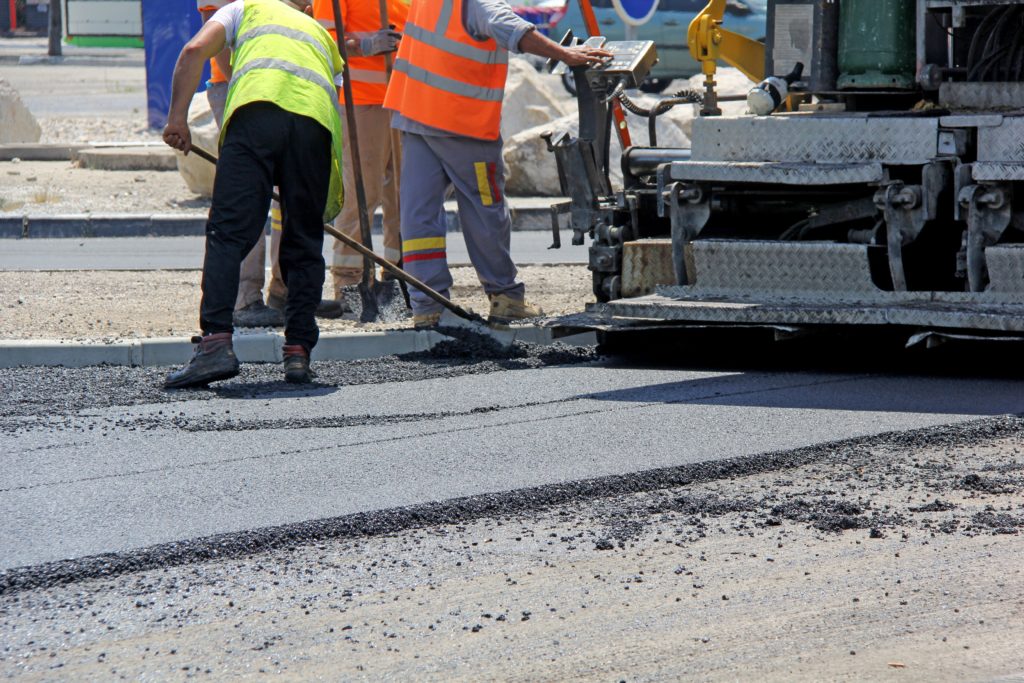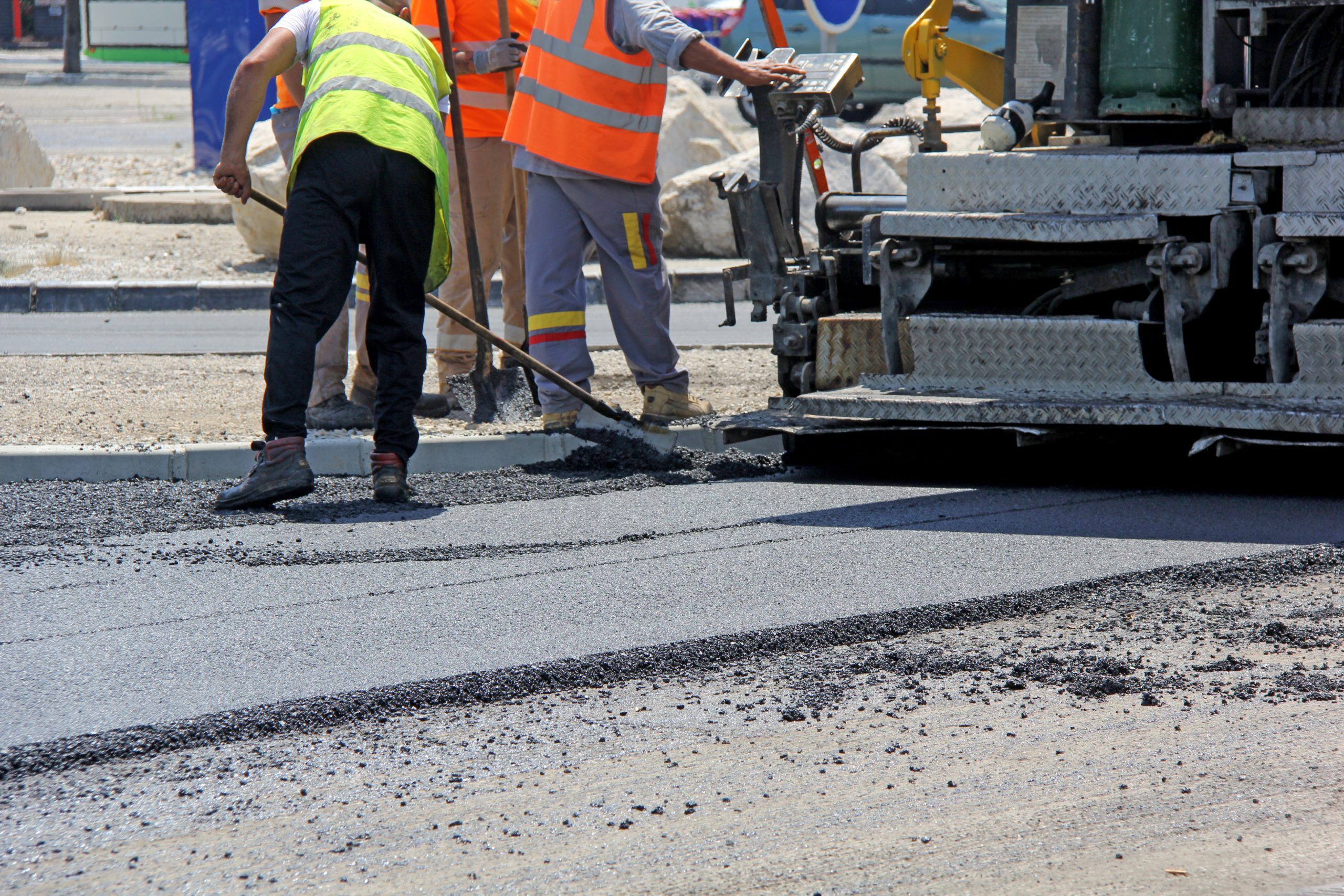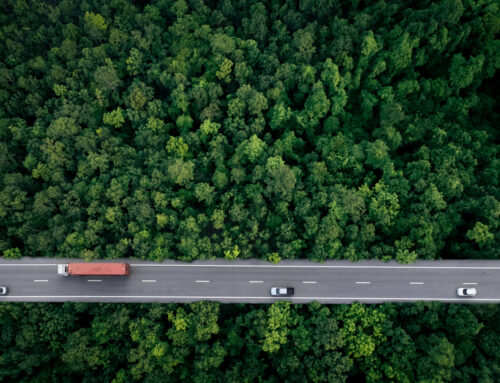Asphalt overlaying is one of key services here at Sunrise Asphalt. It’s a restoration process that gets asphalt back in shape and can be the perfect solution to your asphalt woes. But how do you know if your asphalt needs an overlay? How do overlays work? Don’t fret, Sunrise Asphalt is here to help!
 Asphalt Overlay
Asphalt Overlay
An asphalt overlay is a process for resurfacing older pavement. Rather than tearing up the existing asphalt structures and fully repaving by adding a new layer atop the existing pavement structure using it as a tried and true foundation. Typically, when the damage to the asphalt is superficial an overlay is all that is necessary to bring it back to life, no excavation required.
The Asphalt Overlay Process
There are four steps to installing an asphalt overlay: inspection, milling, repair, and paving.
Inspection
Before anything else can happen, a thorough assessment of the asphalt surface is necessary. Not all asphalt is suitable for an overlay, especially those that have extensive damage! If the asphalt has large potholes, ruts deep in the surface, or root damage that is a no go. Another indicator of asphalt that isn’t ready for an overlay is if it isn’t draining water like it should. That points to a problem below the surface that may require more extensive work like regrading to handle water correctly.
Once the inspection is handled and the overlay is okayed the next step is asphalt milling.
Asphalt Milling
Asphalt milling is when we remove the top most layer of the asphalt, the portion that has cracked, begun ravelling, or other damage. Removing the old, damaged layer ensures that the new asphalt is able to bond correctly and keep a level surface. Typical milling will go down an inch to three inches of asphalt, depending on the damage.
Don’t worry, this old asphalt won’t go to waste! The milled material can be taken to an asphalt recycling plant to be repurposed and used in future asphalt mixes. Now that the surface has been removed, it’s time to take a look at the base.
Repair the Base
Once the damaged top layer has been removed it may be necessary to repair some of the base. In instances where potholes or rutting had begun to form, the base may need to be rebuilt to create a better surface for the new asphalt to bind to. This may mean reworking the foundation, getting more aggregate or a few other things, but so long as the base it tended to work can continue. With the base repaired the asphalt can now be overlaid.
Apply the Overlay
The overlay of fresh asphalt can now be paved! Paving overlays is no different from paving most asphalt. Depending on the thickness of the remaining pavement surface the asphalt layer may be thicker or thinner, whatever it takes to adequately repair the surface! Using an asphalt paver like our LeeBoy 8500, we spread a fresh top layer of asphalt over the existing structure and bingo! You have a great looking stretch of asphalt for much less work!
Asphalt overlays are a great service we are happy to be able to offer – but it isn’t a one size fits all solution! If the space you are needing asphalt attention for is too large, flat, or in bad enough shape you will want to talk to a professional and consider all your options! If you are in the Tucson area, give us a call at Sunrise Asphalt and we will be happy to help you find the right asphalt solution for your space whether it’s an overlay, sealing, patch job, or an entirely new stretch – we are here to help!




